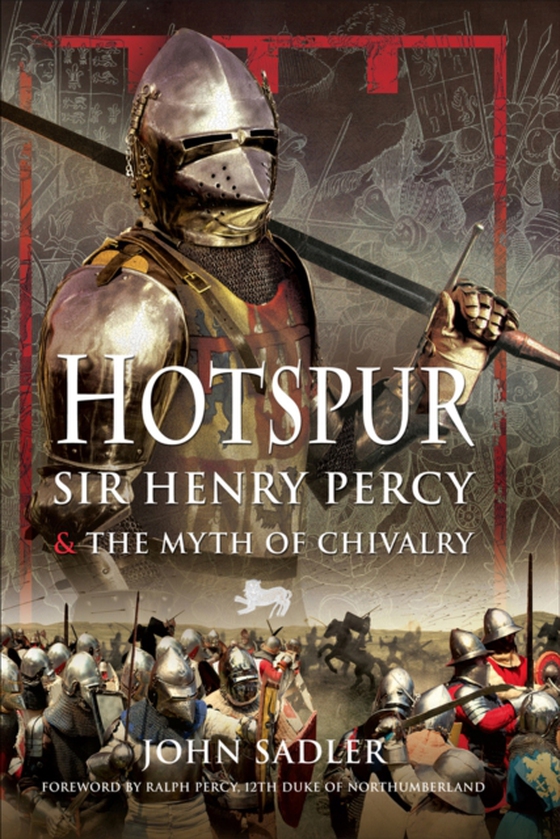
Hotspur e-bog
84,99 DKK
(inkl. moms 106,24 DKK)
On 21 July 1403 Sir Henry Percy – better known as Hotspur – led a rebel army out at Shrewsbury to face the forces of the king Henry IV. The battle was both bloody and decisive. Hotspur was shot down by an arrow and killed. Posthumously he was declared a traitor and his lands forfeited to the crown. This was an ignominious end to the brilliant career of one of the most famous medieva...
E-bog
84,99 DKK
Forlag
Pen and Sword Military
Udgivet
12 maj 2022
Længde
240 sider
Genrer
BGH
Sprog
English
Format
pdf
Beskyttelse
LCP
ISBN
9781399003919
On 21 July 1403 Sir Henry Percy – better known as Hotspur – led a rebel army out at Shrewsbury to face the forces of the king Henry IV. The battle was both bloody and decisive. Hotspur was shot down by an arrow and killed. Posthumously he was declared a traitor and his lands forfeited to the crown. This was an ignominious end to the brilliant career of one of the most famous medieval noblemen, a remarkable soldier, diplomat and courtier who played a leading role in the reigns of Richard II and Henry IV. How did he earn his extraordinary reputation, and why did Shakespeare portray him as a fearsomely brave but flawed hero who, despite a traitor’s death, remained the mirror of chivalry? These are questions John Sadler seeks to answer in the first full biography of this legendary figure to be published for over twenty years.Hotspur’s exploits as a soldier in France during the Hundred Years War, against the Scots in the Scottish borders and at the battles of Otterburn, Homildon Hill and Shrewsbury have overshadowed his diplomatic role as a loyal royal servant in missions to Prussia, Cyprus, Ireland and Aquitaine. And, as the heir to one of the foremost noble families of northern England, he was an important player not only in the affairs of the North but of the kingdom as a whole. So, as John Sadler reveals in this highly readable study, Hotspur was a much more varied and interesting character than his narrow reputation for headstrong attack and rebellion suggests.
 Dansk
Dansk

